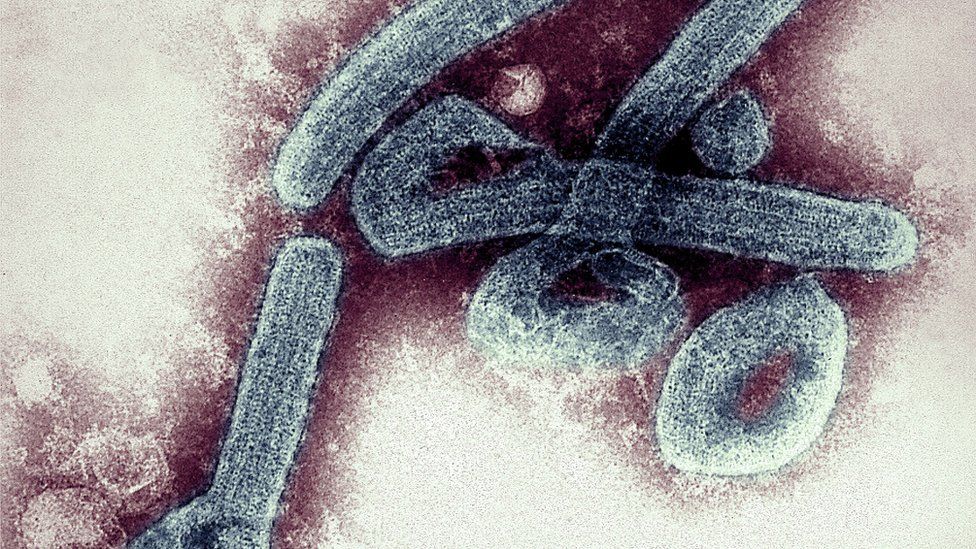Deadly Ebola-like virus that lives in African monkeys can cause next pandemic— Study
Scientists fear they’ve found the next big pandemic threat — a virus that lives in African monkeys. Simian hemorrhagic fever virus (SHFV) causes devastating Ebola-like symptoms including internal bleeding and kills virtually every primate it infects. Health commissioners to hold PHC financing forum Experts decry poor funding, human resources for health research in Nigeria The […]

Scientists fear they’ve found the next big pandemic threat — a virus that lives in African monkeys.
Simian hemorrhagic fever virus (SHFV) causes devastating Ebola-like symptoms including internal bleeding and kills virtually every primate it infects.
Health commissioners to hold PHC financing forum
Experts decry poor funding, human resources for health research in Nigeria
The virus hijacks the immune system, disabling key defense mechanisms and breaking the body down cell by cell.
No cases have been detected in humans yet but it is ‘poised for a spillover’, according to US researchers.
By developing tests and monitoring the virus now ‘the global health community could potentially avoid another pandemic’, they said.
Experts at the University of Colorado Boulder are raising the alarm due to SHFV’s ‘compatibility… with humans’.
In a lab study, they found the virus is able to latch onto a human receptor with ease and make copies of itself.
Senior author of the study, Dr Sara Sawyer said: “This animal virus has figured out how to gain access to human cells, multiply itself, and escape some of the important immune mechanisms we would expect to protect us from an animal virus.
“That’s pretty rare. We should be paying attention to it.”
In macaque monkeys, SHFV causes fever, fluid retention in the body’s tissue, anorexia, and hemorrhaging. The disease is almost always fatal within about two weeks.
It appears to attack immune cells the same way as HIV, the precursor to which originated in a type of chimpanzee in Africa.
Author, Professor Cody Warren, said: “The similarities are profound between this virus and the simian viruses that gave rise to the HIV pandemic
He added: “Just because we haven’t diagnosed a human arterivirus infection yet doesn’t mean that no human has been exposed. We haven’t been looking.”
The researchers focused their work on a family of viruses called arteriviruses that typically circulate among pigs and horses but are not studied enough in non-human primates.
They zeroed in on the simian haemorrhagic fever virus (SHFV), a type of arterivirus, which causes a lethal disease similar to Ebola virus disease.
